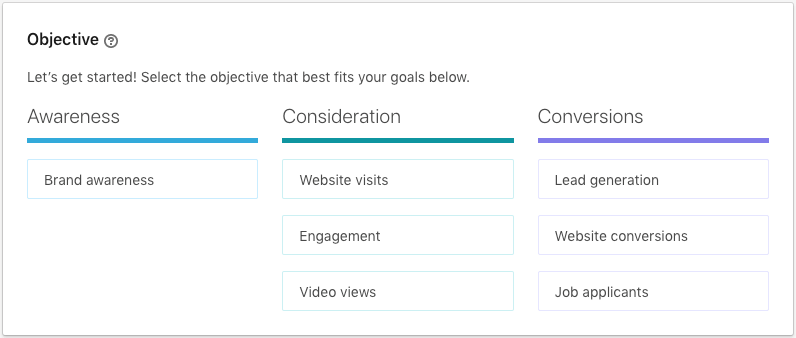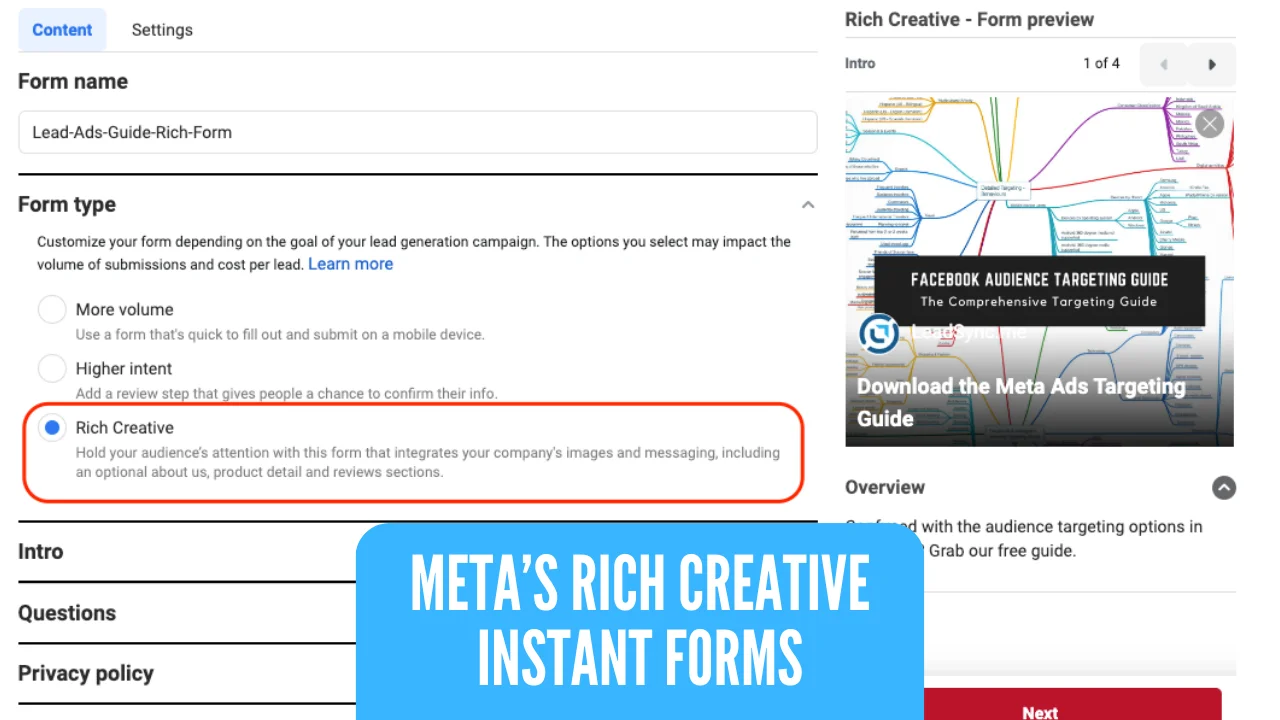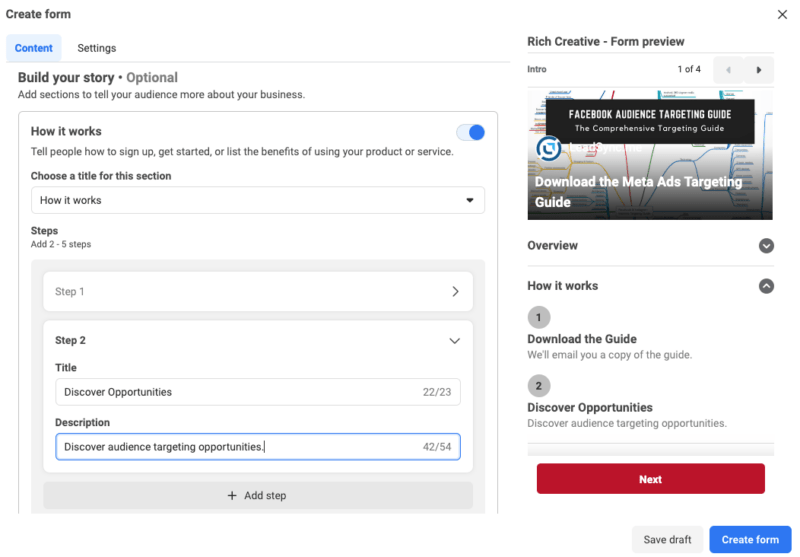Are you stuck deciding which objective to select for lead generation in your next marketing campaign? The right choice can make the difference between a trickle of leads and a flood of qualified prospects. In today’s fiercely competitive digital landscape, understanding generation objectives is the backbone of a successful campaign—whether on LinkedIn, Facebook, Google, or beyond.
In this in-depth guide, you’ll discover what lead generation objectives are, their benefits, use cases, actionable examples, and common misconceptions. We’ll walk you through the entire selection process, including recommendations for popular platforms, so you can generate qualified leads with confidence.
If you’ve ever asked, “Which objective to select for lead generation?”, this is the ultimate resource you need. Read on to unlock campaign success and boost your sales pipeline!
What is Lead Generation Objective?
Before you dive into setup, it’s vital to understand what lead generation objectives are—and why they matter so much to digital marketers.
A lead generation objective is the specific goal or outcome you select during your campaign setup that tells the advertising platform (such as LinkedIn, Facebook, Google, or email marketing software) what type of results you want.

For example, choosing the “Lead Generation” objective on LinkedIn or Facebook ensures that the platform optimizes your campaign to reach people most likely to become leads—rather than just website visitors, engagement, or impressions.
Platforms now offer a wide range of objectives, including:
- Lead Form Submissions
- Website Conversions
- Engagement
- Traffic
- Brand Awareness
- Sales (direct purchases)
But if you’re focused purely on capturing qualified contact information for your sales funnel, understanding which objective to select for lead generation is non-negotiable.
Why Selecting the Right Lead Generation Objective Matters
Why does selection matter? Using the wrong campaign objective leads to irrelevant results, draining your budget and leaving your sales team empty-handed. But selecting the right lead gen objective offers powerful benefits:
- Maximized ROI: Your budget focuses only on users who are actively looking for your solution
- High-Quality Leads: Capture intent-rich prospects over random clicks
- Optimized Algorithms: Platforms’ AI works better when given clear objectives (source: Facebook’s Business Help Center)
- Granular Targeting: Ad objectives unlock specific audience and form targeting features
- Streamlined Reporting: Instantly see campaign performance against your lead targets
In simple terms: Selecting the right objective ensures your generation efforts deliver both volume and quality, not just vanity metrics.

Which Objective to Select for Lead Generation? (Key Platforms & Examples)
Choosing which objective to select for lead generation can feel overwhelming—platforms give you a laundry list of choices.
Let’s break it down by major digital channels:
1. LinkedIn Lead Gen Objective
On LinkedIn, select the Lead Generation objective. This unlocks LinkedIn lead gen forms, pre-filled with users’ profile data, massively improving your conversion rate for B2B audiences.
Check out what this looks like in action:

2. Facebook Lead Generation Objective
For Facebook and Instagram ads, choose the Leads campaign objective for either Instant Forms (in-app forms) or Messenger (to start lead conversations). Facebook’s lead gen forms reduce friction, capturing users without leaving the platform.

3. Google Ads Lead Form Extensions
For search and YouTube campaigns, you can now select the Leads objective and attach Lead Form Extensions directly to your ads. Powerful for capturing high-intent leads while they search.

4. Email Marketing (Mailchimp and Others)
When building email campaigns (e.g., with Mailchimp), make sure your campaign goal is set to “Collect Leads” or “Grow List,” and your forms are simple to complete. Clear objectives help you optimize your messaging and calls-to-action.
Tip: When in doubt, choose the Lead Generation/Leads objective—never “Traffic” or “Engagement” if your end goal is collecting sales leads.
Types of Lead Generation Objectives (and Their Use Cases)
Let’s break this down: different businesses or offers may benefit from different generation objectives:
- Instant Forms (On-Platform): For quick signups without website visits (best for B2B, webinars, consult bookings)
- Website Conversion: Direct users to your landing page with embedded forms (works for eBooks, SaaS trials, demos)
- Messenger/Chatbots: Initiate conversations for qualification (good for high-touch products)
- Calls: For urgent services—campaign drives direct phone calls from ads
- Email Subscribers: If your value lies in nurturing via sequences/newsletters
- Multi-step Funnels: If high-value offers require qualifying questions (e.g., mortgage, insurance, complex SaaS)
Selecting the objective best matched to your sales process is crucial for lead volume and quality.
Step-by-Step: How to Select the Best Objective for Lead Generation
Follow these steps to confidently select and set up your lead generation campaign objective:

- Define Your Lead: What qualifies as a lead for your business? (Demo booked, email, phone call?)
- Pick Your Platform: Where does your audience spend time—LinkedIn, Facebook, Google, Email?
- Select the “Leads” or “Lead Generation” Objective: During campaign setup, always choose the option built for lead capture, not just traffic or awareness.
- Choose Your Format: Instant Forms, Landing Page, Messenger, Calls, etc.
- Connect Your CRM or Form Integration: Automate collection so leads go to sales in real time.
- Design Your Offer: Enticing incentive to get the user to submit form (e.g., free audit, eBook, discount)
- Set Up Tracking and Conversion Events: Ensure platforms can “see” your leads for optimization/reporting.
- Launch and Monitor: Let algorithms optimize delivery, monitor lead quality (not just quantity), and iterate.
Real-World Lead Generation Campaign Examples
Let’s look at concrete examples across top channels, and which objective to select for lead generation:

- B2B SaaS: LinkedIn Lead Generation objective, instant forms, “Request Demo”—nets high-quality business leads.
- Local Services: Google Ads Leads objective, with call extension, “Book Appointment”—great for immediate intent.
- Webinar Registrations: Facebook or Instagram Leads objective, pre-filled instant form, “Reserve Spot”—maximizes conversions with less friction.
- Financial Services: Multi-step on-site form using Website Conversions objective—collect detailed qualifying info.
- Email Newsletter Growth: Email tool set to “Grow Audience” or “Signup Form” objective, simple 1-field signup.
Each scenario demands a specific objective and matching campaign tools for best results.
Common Challenges, Myths & Objections
Even after selecting your lead generation objective, obstacles may arise. Here’s what to watch for:
- Myth: “Traffic objectives generate leads anyway”—False! Algorithms optimize for clicks, not conversions. You’ll get visitors, but not submissions.
- Myth: “Form objectives increase junk leads”—Lowering friction does risk low-quality submissions. Combat with strong qualification questions and clear incentives.
- Objection: “Leads cost more with specialized objectives”—True per-unit, but the lifetime value and sales conversion rate is much higher. It’s about quality, not just quantity.
- Challenge: “Integrating leads with CRM/tools”—Modern platforms offer direct integrations or Zapier connections for instant delivery.
- Challenge: “Cross-platform attribution”—Set up UTM tracking, and use aggregation tools if running multi-channel.
Remember: The best results come from matching the objective, channel, and user experience with your business’s sales process.
FAQs: Which Objective to Select for Lead Generation
1. What is the best objective for lead generation?
The “Leads” or “Lead Generation” objective is best for nearly all platforms when your campaign’s main goal is capturing qualified prospects through forms or calls.
2. Can I generate leads using the Traffic objective?
Technically, yes, but you’ll see a much lower conversion rate—algorithms will prioritize link clicks, not actual form submissions. Always select the dedicated lead gen objective for best results.
3. What if I want both leads and brand awareness?
Run separate campaigns: one for the “Leads” objective (focused on capture) and another for “Brand Awareness” or “Reach” to maximize your visibility.
4. Do instant forms produce lower-quality leads?
Sometimes, because it’s easier for users to submit. Improve quality with more qualifying questions, clear value offers, and follow-up automation.
5. Will my CPM or CPC increase with lead generation objectives?
Often yes, as platforms target users likely to convert, not just click. But the cost per qualified lead is usually lower, and sales value is higher.
6. Can I use lead gen objectives for B2C businesses?
Absolutely! It’s perfect for B2B and B2C, including events, contest entries, bookings, and consultations.
7. Which metrics should I track for lead gen campaigns?
Monitor conversion rate, cost per lead (CPL), lead quality, CRM integration rate, and eventual sales from those leads.
8. Should I ask for lots of info on my lead form?
Only ask for what you really need. Shorter forms convert better; longer forms improve lead quality. Test both.
9. How do I sync my leads with my sales team?
Use native CRM integrations with platforms (e.g., HubSpot, Mailchimp, Salesforce) or tools like Zapier for instant, automated handoff.
10. Can I change my objective after the campaign launches?
No—you’ll need to duplicate your campaign or start a new one with the correct objective to ensure the algorithms optimize for lead generation.
Conclusion: The #1 Rule for Selecting Lead Generation Objectives
If you remember one thing, make it this: Always select the “Lead Generation” or “Leads” objective if your goal is collecting actionable prospect information via forms, calls, or chats. Never settle for traffic or engagement unless it fits your deeper sales funnel strategy.
Selecting the right objective ensures every dollar of your ad budget fuels lead generation, not vanity stats. From LinkedIn to Facebook, Google to email, the correct objective supercharges your algorithm’s ability to find real buyers.
Ready to take action? Before launching your next campaign, revisit your objectives—align them with your business goals and watch your qualified leads grow.
Want more advanced tips or need hands-on help? Explore [relevant internal resource] or connect with our expert team to take your lead generation to the next level!
